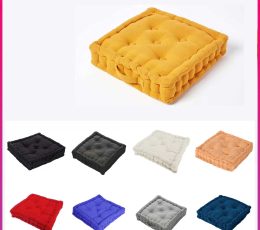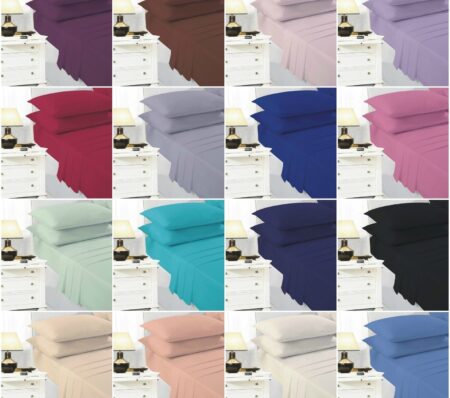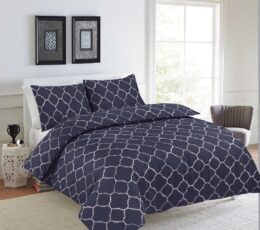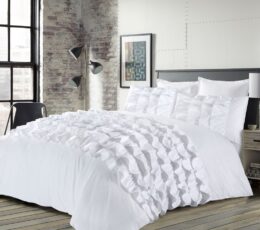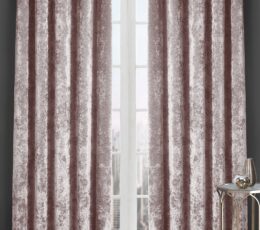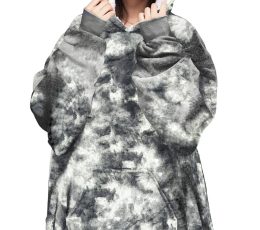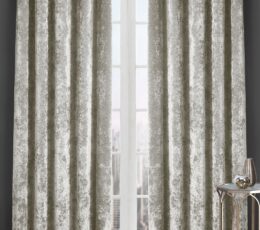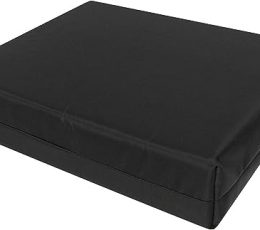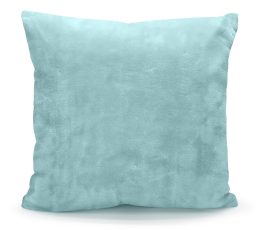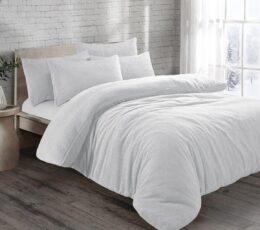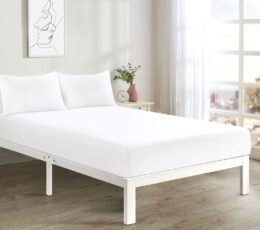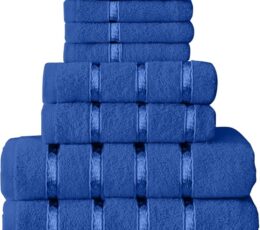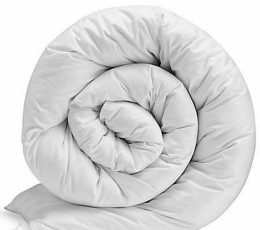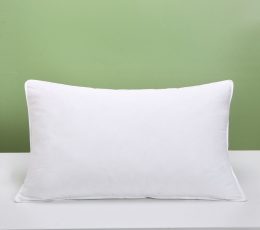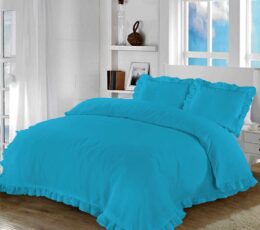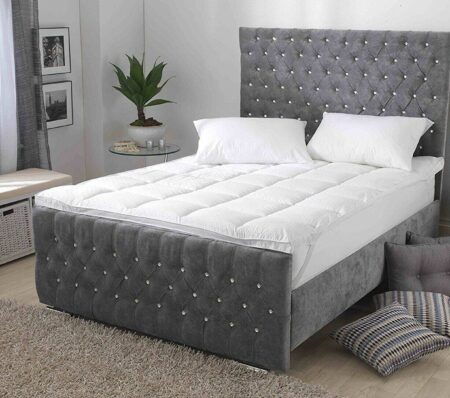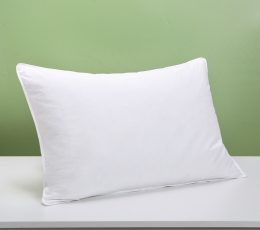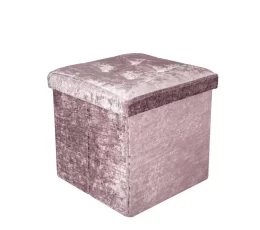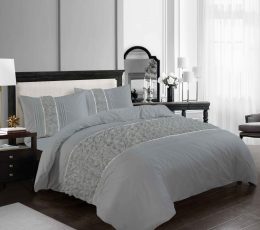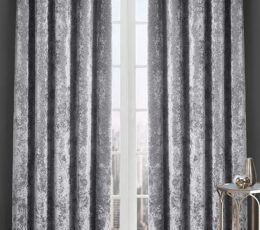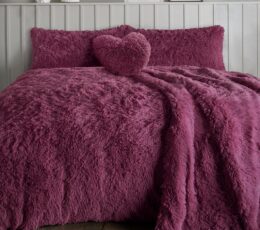Side sleeping is one of the most common positions, preferred by a significant portion of the population. While it may seem comfortable, side sleepers often face unique challenges when finding the right pillow to support their neck and spine alignment. In this guide, we’ll delve into what side sleepers need to know about their sleep position, discuss the basics of choosing the right side sleeper pillow, and helps to find the best hotel quality pillows for the comfortable nights.

What Side Sleepers Need to Know About How They Sleep:
Side sleeping is a prevalent sleep position many individuals favor for its comfort and potential health benefits. However, side sleepers should be aware of certain considerations to ensure they sleep optimally and follow the pillow guide for getting the perfect pillow:
- Spinal Alignment: Maintaining proper spinal alignment is crucial for side sleepers. The spine should remain neutral, with the head, neck, and back aligned to avoid strain and discomfort for that we recommend to use the hollow fibre pillow.
- Pressure Points: Side sleeping can exert pressure on certain areas of the body, particularly the shoulders and hips. Side sleepers may benefit from pillows or mattress toppers designed to distribute weight evenly to alleviate pressure points.
- Pillow Height: The height of the pillow is essential for side sleepers. It should sufficiently support the head and neck in alignment with the spine. Too high or too low a pillow can lead to neck pain and stiffness. The height of the pillow is being also being affected by how many pillows should you sleep with for neck support.
- Support Needs: Side sleepers may require additional support to fill the gap between the head, neck, and mattress. Pillows with contouring or adjustable lofts can provide the necessary support for optimal comfort. Make sure you replace your pillow after sometime to avoid getting allergies.
Pillow Basics for Side Sleepers:
The right pillow is crucial for side sleepers to ensure comfort and proper spinal alignment. Here are some basic considerations:
- Firmness: Side sleepers generally benefit from medium to firm pillows that offer adequate support. A pillow that is too soft may cause the head to sink too far into the pillow, leading to misalignment. Always make sure to buy the best pillow forever for a comfortable night sleep.
- Contouring: Pillows with contouring properties can help accommodate the natural curvature of the neck and shoulders, promoting proper alignment and reducing pressure points.
- Material: Pillows come in various materials, each offering unique benefits. Memory foam pillows conform to the head and neck shape, while latex pillows provide responsiveness and support. Down alternative pillows offer a plush feel without allergens, making them suitable for side sleepers with allergies.
- Size: The pillow size should match the individual’s body and sleep preferences. Side sleepers may prefer larger pillows to provide ample support for the head and neck.

What Pillow Filling is Best for Side Sleepers?
The material that plumps out your pillows is largely a personal preference. However, the common pillow fillings have benefits and downsides specific to side sleepers that they should consider while shopping as there are many different types of pillows available in the market.
Memory Foam
Memory foam, a spongy material originally developed by NASA for airline seats, has become widely popular in the bedding industry. Known for its absorbency and soft, squishy texture, memory foam pillows provides a customized fit for the head and neck. Many claim that mattresses and pillows made from memory foam offer a combination of support and adaptability that promotes better sleep. However, scientific research has yet to prove this definitively. Remembering memory foam retains body heat more than other materials is important.
For side sleepers, a type of foam pillow called a “contoured” pillow may be particularly appealing. These pillows have a unique “B” shape and are sometimes called “cervical” pillows, designed to support the vertebrae in the neck. The elevated part of the pillow should be positioned under the neck to cradle the head in the indentation. It may take some time to adjust to the shape of these pillows, so it is advisable to check the return policy before making a purchase.
If you want a contoured pillow, the Therapedic Classic Contour Memory Foam Pillow is highly recommended by side sleepers for its optimal balance of support and softness. Alternatively, the Tuft and Needle Foam Pillow, which has received 4.5 stars from over 3,000 reviews, is a good option for those who prefer a regular-shaped foam pillow. Additionally, it comes with a 100-night guarantee for anyone who does not find it to their liking.
Down Pillows
Down pillows are filled with feathers from ducks or geese, providing a comfortable option that molds to the shape of your head and neck while remaining cool. However, they may not be the best choice for side sleepers due to the lack of adequate neck support and stability required for this sleeping position.
For side sleepers who still prefer down pillows, it is recommended to choose a firm or extra firm option that is thick enough to maintain proper alignment of the head and neck with the spine. The Brooklinen Down Pillow in the “firm” option is a highly rated choice worth considering The combination of the feather down pillow is the most suitable option in terms of down pillows.
Side sleepers should use down pillows to replace them annually, as the loft tends to flatten out after a year of use. While sinking into the soft feathers may feel good initially, sleeping on a deflated surface can lead to a lackluster or even painful day ahead.
Down alternative
This pillow is filled with a synthetic material that mimics the loft and texture of goose and duck down. It is hypoallergenic, making it a suitable option for those with allergies, provided it is free of dust and dust mites. Pillows filled with down alternatives are typically more affordable than those filled with natural feathers. However, pillows with synthetic down tend to have a shorter lifespan than feather-filled pillows.
This synthetic fill may become too soft for individuals who sleep on their side and lose its shape over time, similar to down feathers. If you opt for a pillow with down-alternative fill, the Brooklinen Down Alternative Pillow in “firm” is highly recommended by reviewers for its support and comfort.
Bamboo Pillow:
This particular bamboo pillow is a recent addition to the sleep industry. Despite its name, the filling is not made from bamboo but from fibers used in the pillow’s covering. While many of these pillows have a memory foam core, the bamboo fibers in the outer layer are designed to wick away sweat and help you stay cool throughout the night. The bamboo pillow comes into the
For side sleepers who are worried about the heat retention of memory foam but still enjoy its feel, a pillow encased in bamboo may be a suitable option. The highly-rated Xtreme Comforts Shredded Memory Foam Pillow, which allows users to adjust the amount of filling, is our preferred choice from our pillow testing, offering a potential solution.
Which are better soft pillows or hard pillows?
1. Comfort:
- Soft Pillows: Soft pillows offer a plush and luxurious feel, providing a cloud-like sensation for those who prefer a gentle cradle for their head and neck. The soft comes into both thick pillow or thin pillow and people choice it by their choice of consideration.
- Firm Pillows: Firm pillows provide sturdy support, which some individuals find more comfortable, especially if they prefer sleeping on their back or need extra support for proper spinal alignment.
2. Support:
- Soft Pillows: While soft pillows offer immediate comfort, they may lack sufficient support for certain sleep positions, particularly for side sleepers who require more support to maintain proper spinal alignment.
- Firm Pillows: Firm pillows provide adequate support, especially for side sleepers and individuals with neck or back pain. They help prevent the head from sinking too deeply into the pillow, promoting proper spine alignment.
3. Neck and Spine Alignment:
- Soft Pillows: Soft pillows may not always provide optimal neck and spine alignment, as they tend to conform to the head and neck shape, potentially leading to misalignment for some individuals. Make sure to follow the pillow protector guide for the good protection to your soft pillow.
- Firm Pillows: Firm pillows are designed to maintain proper neck and spine alignment, reducing the risk of stiffness or discomfort that can occur with improper positioning during sleep.
4. Durability:
- Soft Pillows: Soft pillows may compress more quickly over time, losing their loft and supportiveness. They may require fluffing or replacement more frequently compared to firm pillows.
- Firm Pillows: Firm pillows tend to maintain their shape and supportiveness for longer, making them more durable and less prone to flattening over time.
5. Sleep Preferences:
- Soft Pillows: Soft pillows are often preferred by individuals who enjoy a plush and cozy sleep surface and those who sleep primarily on their stomachs or prefer a lighter touch.
- Firm Pillows: Firm pillows are favored by side sleepers, back sleepers, and individuals who require extra support due to neck or back issues. They provide a stable foundation for the head and neck, promoting better sleep posture.
6. Allergies and Maintenance:
- Soft Pillows: Soft pillows may trap more dust and allergens due to their plush nature, requiring more frequent washing or replacement for individuals with allergies or sensitivities.
- Firm Pillows: Firm pillows, especially those with hypoallergenic materials, may be easier to maintain and keep clean, making them a better choice for individuals with allergies or respiratory issues.

The side sleeper pillow For allergy
For side sleepers who are also allergy sufferers, selecting the right pillow is crucial for ensuring a restful night’s sleep while minimizing exposure to allergens. Allergies can exacerbate symptoms such as sneezing, congestion, and itchy eyes, making it essential to choose hypoallergenic pillows that are easy to clean.
Memory foam pillows are one of the popular choices for side sleepers with allergies. Memory foam is inherently resistant to dust mites and other allergens, making it a suitable option for allergy sufferers. Additionally, memory foam pillows contour to the shape of the head and neck, offering personalized support and pressure relief for side sleepers.
Latex pillows are also hypoallergenic and resistant to dust mites, mold, and mildew, making them an excellent choice for allergy sufferers. Latex pillows provide responsive support and promote proper spinal alignment, which is crucial for side sleepers to prevent discomfort and stiffness.
When selecting a pillow for side sleepers with allergies, choosing pillows with removable and washable covers is essential. Regular washing of pillow covers helps remove dust, pollen, and other allergens that may accumulate over time. Additionally, using pillow protectors can provide an extra layer of defense against allergens, prolonging the pillow’s life and maintaining its cleanliness. Make sure you know how to wash your pillow to make them tidy and clean.
FAQs
What is the best pillow firmness for side sleepers?
Side sleepers generally benefit from medium to firm pillows that offer adequate support to maintain spinal alignment. A pillow that is too soft may cause the head to sink too deeply, leading to misalignment and discomfort.
How do I know if a pillow provides enough support for side sleeping?
Look for pillows with contouring or shaping that can accommodate the natural curvature of the neck and shoulders. Additionally, pillows with adjustable lofts can be customized to support side sleepers.
What materials are best for side sleeper pillows?
Memory foam, latex, and down alternative are popular materials for side sleeper pillows. Memory foam offers personalized support and pressure relief, while latex provides responsive support and durability. Down alternative mimics the feel of traditional down without the allergens, making it suitable for allergy sufferers.
Are there specific features I should look for in a pillow for side sleeping?
Yes, side sleepers may benefit from pillows with higher loft to fill the space between the head, neck, and mattress. Contouring or shaping can also help maintain proper alignment, while breathable materials prevent overheating during the night.
How do I determine the right pillow size for side sleeping?
The size of the pillow should match your body size and sleep preferences. Side sleepers may prefer larger pillows to ensure full coverage and support for the head, neck, and shoulders.
Can side sleepers with allergies find suitable pillows?
Yes, side sleepers who are allergy sufferers can choose hypoallergenic pillows made from materials such as down alternative, memory foam, or latex. Additionally, using pillow protectors and regularly washing pillow covers can help minimize exposure to allergens.
Are there any special considerations for side sleepers with neck or back pain?
Side sleepers with neck or back pain should prioritize pillows that provide adequate support to maintain proper spinal alignment. Pillows with adjustable loft or contouring properties can help alleviate pressure points and reduce discomfort.
How often should I replace my pillow as a side sleeper?
It’s recommended to replace your pillow every 1-2 years or sooner if you notice signs of wear and tear, such as a flattened loft or decreased support. Regularly replacing your pillow ensures optimal comfort and support for side sleeping.
In conclusion, choosing the best pillow for side sleepers involves considering firmness, contouring, material, size, and breathability. Memory foam, latex, down alternative, buckwheat hulls, and microfiber are excellent filling options that cater to the specific needs of side sleepers. By selecting the right pillow, side sleepers can enjoy a restful and comfortable night’s sleep while maintaining proper spinal alignment.




